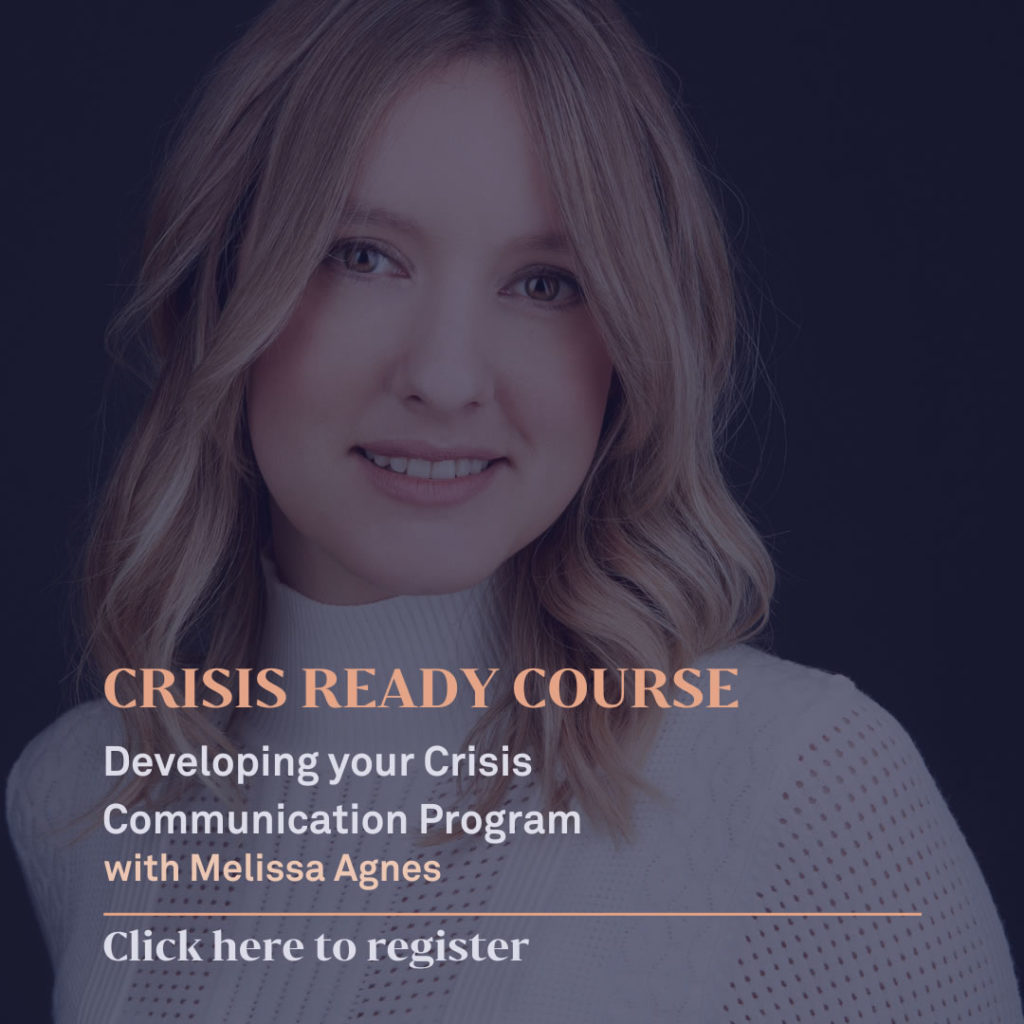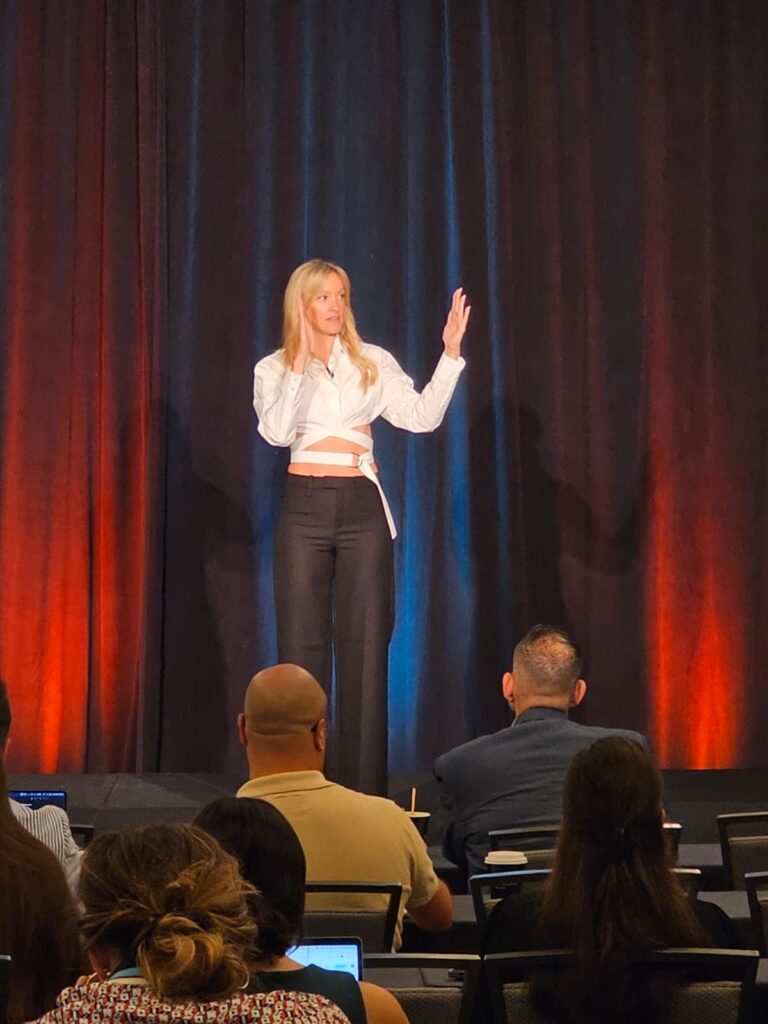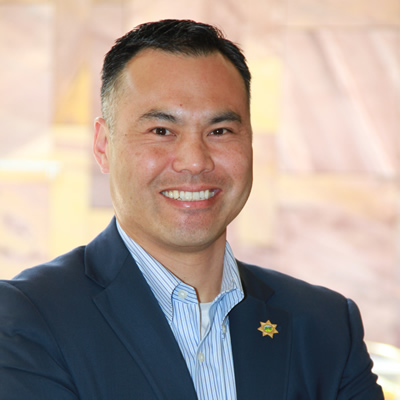My good friend Andres Calderon recently posted a piece on LinkedIn questioning the use of risk-based thinking in crisis readiness and preparedness. Within his piece, Andres identifies several weaknesses in the approach, looking at what admittedly are some significant challenges to accurately assessing risk. These include:
- Understanding chance and probability is challenging. Working with such concepts is frequently an exercise in subjective judgment without significant technical expertise.
- Quantification of consequences is problematic. Bias and emotion frequently influence these judgments.
- Interpersonal dynamics, including groupthink, can color perceptions about risk. Groups and teams are frequently less risk-averse than individuals.
Andres goes so far as to make the statement that these points present an insurmountable weakness to a risk-based approach. As a result, he calls the use of risk-based thinking to guide any process “irresponsible.”
Instead, he advocates a shift toward consequence-based thinking as the primary driver for emergency and disaster planning. These arguments are supported by describing disaster as “…the result of cascading consequences.”
Using Hurricane Katrina and COVID-19 as examples
Examples from Hurricane Katrina and the ongoing COVID-19 crisis demonstrate the significant impacts of what were classified as low- or zero-risk hazards. The failure to adequately address the possibility of the cascading consequences associated with these hazards resulted in significant loss and disruption, as we all well know today.
Contrarily, emergency response operations might have been more effective if organizations had applied a consequence-based planning approach, by assuming the worst and preparing for it.
Is consequence-based planning the right alternative for effectively assessing risk?
Now I have to say that Andres and I have some history together. We usually find ourselves in violent agreement on most topics relating to readiness and preparedness. After our first meeting together, I remember my boss looking at his boss and going, “Oh, you have one too!”
I cannot say that I agree with Andres in this situation. Respectfully, I think that he has over-simplified both the issue and his proposed solution. Here’s why:
- Resources and time. In a perfect world, with unlimited resources and unlimited time to apply them, using a purely consequence-based approach to drive planning could make sense.
- Elimination of consequences. If you could effectively work to eliminate all consequences simultaneously, you would not have to choose what to do first. In this case, using a consequence-based approach to drive planning could make sense.
- Consequential foresight. If you could have a comprehensive understanding of a hazard’s potential consequences and the cascading consequences that follow it, then using a consequence-based approach to drive planning could make sense.
Unfortunately, we do not live in a world where any of these three points are realistic. Let’s take a look…
Resources and time
Because we have limited resources, we need to prioritize where we invest our time and attention. While that prioritization includes considering the consequences, it also includes how likely we believe it is for those consequences to occur. This means we realistically need the use of judgment to assess risk.
Elimination of consequences
Because we do not live in a world of absolutes—in other words, we cannot understand and control 100% of the possibilities surrounding disruptions and their consequences—we cannot plan for everything. Instead, we plan for what we know and what we understand, and then we attempt to plan for what we do not.
Consequential foresight
Unfortunately, there is always going to be at least one unexpected or unpredicted consequence. Once that occurs we are left having to decide how to deal with the unexpected in the moment. This means we first must assess the depth and breadth of our understanding of the consequence, then try to figure out how likely we are to have missed something, before deciding how vulnerable we are to that unknown.
We are effectively assessing the risk of unexpected consequences – deciding which possible consequences we should invest limited resources in planning for, based on their projected impacts and the probability that they will have a disruptive effect on our organization. Even when we try to apply a consequence-focused approach, there is at least some risk calculation involved.
Using risk-based planning to support an organization is not irresponsible. The problem is that we are frequently doing it poorly or incorrectly. But the proposed solution of applying a consequence-based approach has similar issues as those identified as being problematic for assessing risk. This approach just trades one set of problems for another.
The Solution: We Need to Get Better at Risk-Based Planning
While I disagree with Andres’ position that risk-based planning is irresponsible, I agree that we do not always do it well. We live in a world that centers around immediate value from effort and maximization of efficiencies. This means that, when it comes to risk, we are most focused on what is probable to occur, and our inclusion of what is possible, beyond what is probable, has atrophied.
When I took my first training in the Incident Command System, more years ago than I want to think about, the organizational chart included a specific Branch in the Planning Section that was explicitly designated to look at contingencies, i.e., “what is the worst thing that could happen to make the incident worse?”
That Contingency Planning Branch was responsible for examining possibilities not considered in the immediate incident management activities and exploring what plans were necessary “just in case.” Since then, that designated Branch is often eliminated in an organization’s Crisis Governance.
We need to re-emphasize the importance of including this type of possibility-driven thinking in our risk assessment and analysis, and re-introduce the Contingency Planning Branch into our planning, preparedness, and readiness processes.
With the right education, training, and experience, we can apply probability with possibility and make better decisions about both risk and consequence in the future—and as Hurricane Katrina, COVID-19, and a multitude of other real-world catastrophes have proven, this is an aspect of our Crisis Readiness that our future needs.
I look forward to debating these points with Andres over an adult beverage once we have gotten COVID-19 under better control.
Aaron Marks is a Senior Principal with Dynamis, Inc. where he supports clients across the domestic National and Homeland Security communities and international public safety enterprise. He provides operational and subject matter expertise in intelligence analysis and targeting, disaster preparedness, crisis and incident management, and continuity of operations for healthcare related concerns. Aaron has provided in-depth review, assessment, and analysis for technology, policy, and operational programs impacting all levels of government. He is a recognized authority on the application of nontraditional techniques and methodologies to meet the unique requirements of training, evaluation, and analytic games and exercise for the National and Homeland Security communities.
Prior to joining Dynamis, Aaron was the Director of Operations for a commercial ambulance and Emergency Medical Services (EMS) provider in western New York State where he participated in the integration of commercial EMS and medical transportation resources into the local Trauma System. During his 30-year career Aaron has worked in almost every aspect of EMS except fleet services. This includes experience in Hazardous Materials and Tactical Medicine, provision of prehospital care in urban, suburban, rural, and frontier environments, and acting as a team leader for both ground and aeromedical Critical Care Transport Teams.
Aaron is a Master Exercise Practitioner and received a B.A. in Psychology from Texas Tech University in Lubbock, Texas and a master’s degree in Public Administration with a focus in Emergency Management from Jacksonville State University in Jacksonville, Alabama. He is also a Nationally Registered Paramedic and currently practices as an Assistant Chief with the Amissville Volunteer Fire and Rescue Department, Amissville Virginia.










